In this week’s episode we chat some more about how to start a freelance design business. We look at how to make that initial rocky road into freelancing freedom a little bit more steady. If you’re looking to build a solid foundation for your creative business and freelancing efforts, then today’s episode is for you.
[smart_podcast_player]
Other Ways to Listen: Soundcloud | iTunes | Stitcher
Meet Your Hosts
The Honest Designers Show started when our founder Tom found he was regularly chatting and sharing tips with top designers; Ian Barnard, Lisa Glanz and Dustin Lee. We soon organised a weekly call where we would help each other with areas we were struggling with and try to give each other actionable feedback. Soon we realised that the collective experience of the group was proving so valuable for each of us, that we thought ‘why not share these conversations with the world?’.
And so, The Honest Designers Show was born! This podcast is an insight into how to succeed in the creative industry, as well as giving you a totally transparent, under the hood look at some of the tougher, less glamorous hurdles to overcome! We also tend to get a little goofy along the way, so this is a chance to get to know each of us a little better :). We’ve loved recording this show for you, and we hope that you find value and enjoyment in listening to it.
SHOW NOTES
Please find full show notes for this episode below:
[1:00] This week we’re revisiting one of our most popular topics: freelancing
[2:00] Freelancing in particular takes a lot of courage
[2:30] Lisa remembers freelancing and hiring her own office space
[3:15] She looks back at renting an office and signing the lease on the office space
[4:00] This made Lisa believe in herself, take it seriously and make It work
[5:00] Dustin and Ian think that Lisa was brave to rent an office as quitting your job and moving into freelancing is scary enough
[5:45] When working for yourself you must consider the tax amount as this can be a significant cost
[6:30] As soon as he gets paid Ian automatically puts aside 20% of his earning for tax
[6:45] Lisa agrees but Dustin found this a bit more difficult
[7:30] Ian remembers gaining interest on his savings account
[8:00] Lisa reveals she gets 8% interest on her savings account in South Africa
[9:00] Lisa used to work out how many jobs will she need to cover rent, make a living etc.
[10:30] Dustin just finished ‘The 4-Hour Workweek Book’ by Timothy Ferriss
when he made the move into freelancing
[11:00] He went back to college to finish design and immediately started freelancing
[11:30] He knew exactly how much he needed to make it, but didn’t know how to get to that number
[12:00] Tom says he felt the same and he used to make business plans that didn’t translate into anything
[12:45] Tom started freelancing as a teenager while he was still living with his parents
[13:30] He remembers the struggles he had with the lack of finance
[14:00] He used to be a Technical Editor for a magazine about Photoshop
[14:30] Lisa knew she needed a long-standing client so she can afford the office space
[15:10] Getting that one client was a game changer for her, and she never had to advertise her business again
[15:40] Dustin agrees and says that finding someone who constantly needs work is where he got traction as well
[16:00] Dustin worked for the ‘Paid to Exist’ blog which needed graphics, eBooks and website work, as they need constant work
[16:40] Ian was able to move from 2 to 5 days of freelance work when he started working for one of his friends
[17:20] This provided him with regular income
[17:45] Tom suggest using reminders for annual events and pop the client an email to ask if they need any work done
[18:15] One of Ian’s other clients was a subscription based company for which he applied designs via style sheets to the naked websites
[19:00] Knowing that was regular work meant he had time to say yes to more work and promote himself
[19:30] Lisa’s biggest client was Medical Aid for which she did newsletters, membership cards, website etc.
[20:00] Dustin says you need to find a client that has no budgetary restrictions as it’s much easier to sell to them
[20:20] The worst types of client are bands – as they rarely have budget
[21:00] One of Tom’s clients was an electric base teacher for which he redesigned the whole website and got a lot of maintenance work from
[22:00] Steady work is important as this will help pay the bills
[22:40] Lisa says that even though her brand ambassador projects were not exciting they’ve helped pay the bills
[23:00] A perfect client is someone who appreciates the value you bring to the business, is willing to pay for it and is happy you’ve taken over the design work
[23:40] These types of companies expect to pay for a designer and you don’t need to resell them constantly
[24:00] They are also more relaxed and they trust you more
[24:40] Dustin gives an example of friend who anticipated a client’s work for an entire year and calculated their retainer
[25:10] Clients dream of working with these types of people and are willing to pay the bill
[25:45] Tom suggests clarifying with the client which work is included in the retainer and which type of work will incur an additional cost
[26:00] Ian never used a retainer as he feared he would get it wrong
[26:30] Look at your stats and see how many people you’re losing and gaining and be strategic about this and address the problem
[27:00] Lisa tried a retainer once and it didn’t work because of lack of brief and direction, which meant she was doing a lot of extra work
[28:00] She says she spent more time on this than on a normal job, and she could have spent her time on doing something more lucrative
[28:30] Dustin had a retainer which had a set amount of time every month, and even if the time didn’t get used he would still get paid
[29:20] Tom would like to continue with the freelancing topic, and do a new episode on creating physical and digital products
[30:20] Dustin’s first step into freelancing was getting something credible
[31:00] When he got started with freelancing Ian still did a lot of work for the company he used to work previously
[32:00] His restaurant work also came from recommendations from past relationships
[32:30] It’s important to have good relationships with people that might need your services
[33:30] Lisa used to do free pitches for jobs
[34:00] Her turning point came after doing a huge project, which the client said it won’t go ahead with, only to use her design later
[34:50] This made Lisa believe in her that she was good enough to do the work, charge more and stop doing work for free
[35:30] This negative experience helped boost Lisa’s confidence in her talents
[36:20] You will not be able to bypass these experiences, but you’ll also have loads of positives
[36:50] These experiences will also shape you and teach you how to act in certain situations
[37:20] Moving into freelancing means completely changing you mind set from when you were an employee
[38:00] It is important to think positive and be optimistic about your work
[38:30] Dustin needed to own something and didn’t want to spend his time working for someone else, doing something he didn’t want to
[39:00] Ian remembers one of his friend’s dad who was a graphic designer, had a studio at home and wanting to be like him
[39:50] Once you go freelance you can never go back
[40:40] Wherever you are at right now, look at what you want and go for it
[41:20] The hosts suggest not to focus on the money, but what type of designer you want to be and what you want to achieve
[41:40] Thank you so much for listening to this week’s episode
How you can help
As this is a new show, we’d really appreciate your help spreading the word. If you enjoyed listening and found value in this episode, you can do these two things to help us:
1. Subscribe to The Honest Designers Show in iTunes
2. Leave us an honest rating/review in iTunes
Early reviews can make the world of difference for new podcasts being discovered, and it would mean the world to us if you were able to help.
Click to listen to The Honest Designers Show on iTunes
Here is a quick guide for how to leave a review on iTunes
Want Help From the Honest Designers?
We would love to help you with your creative journey! Simply use #honestdesigners on social media, and the four of us would love to check out what you’re working on, join the discussion and try to help wherever we can!
Join the discussion on Instagram
Join the discussion on Twitter
Let Us Know What You Think
We would absolutely love to know how you enjoyed this episode. We’ll be releasing a new episode each Wednesday, and look forward to hopefully answering many of your questions on the show.

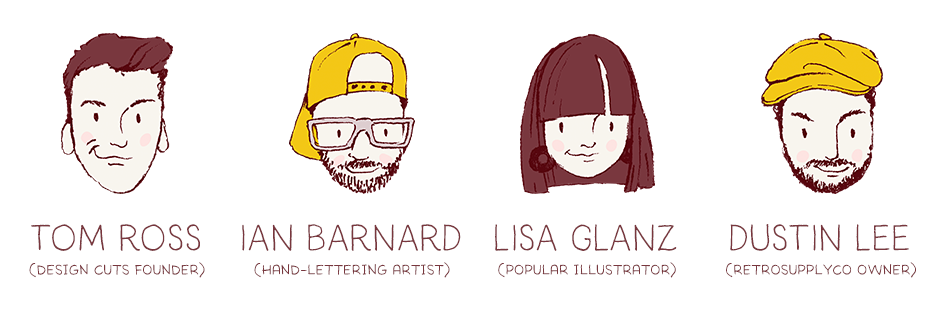
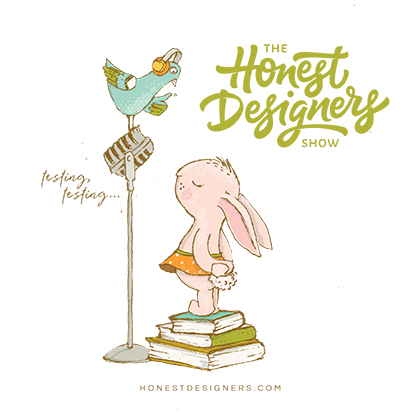
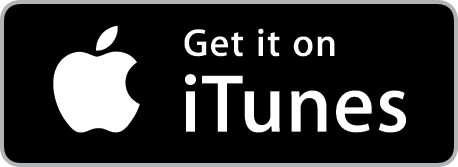
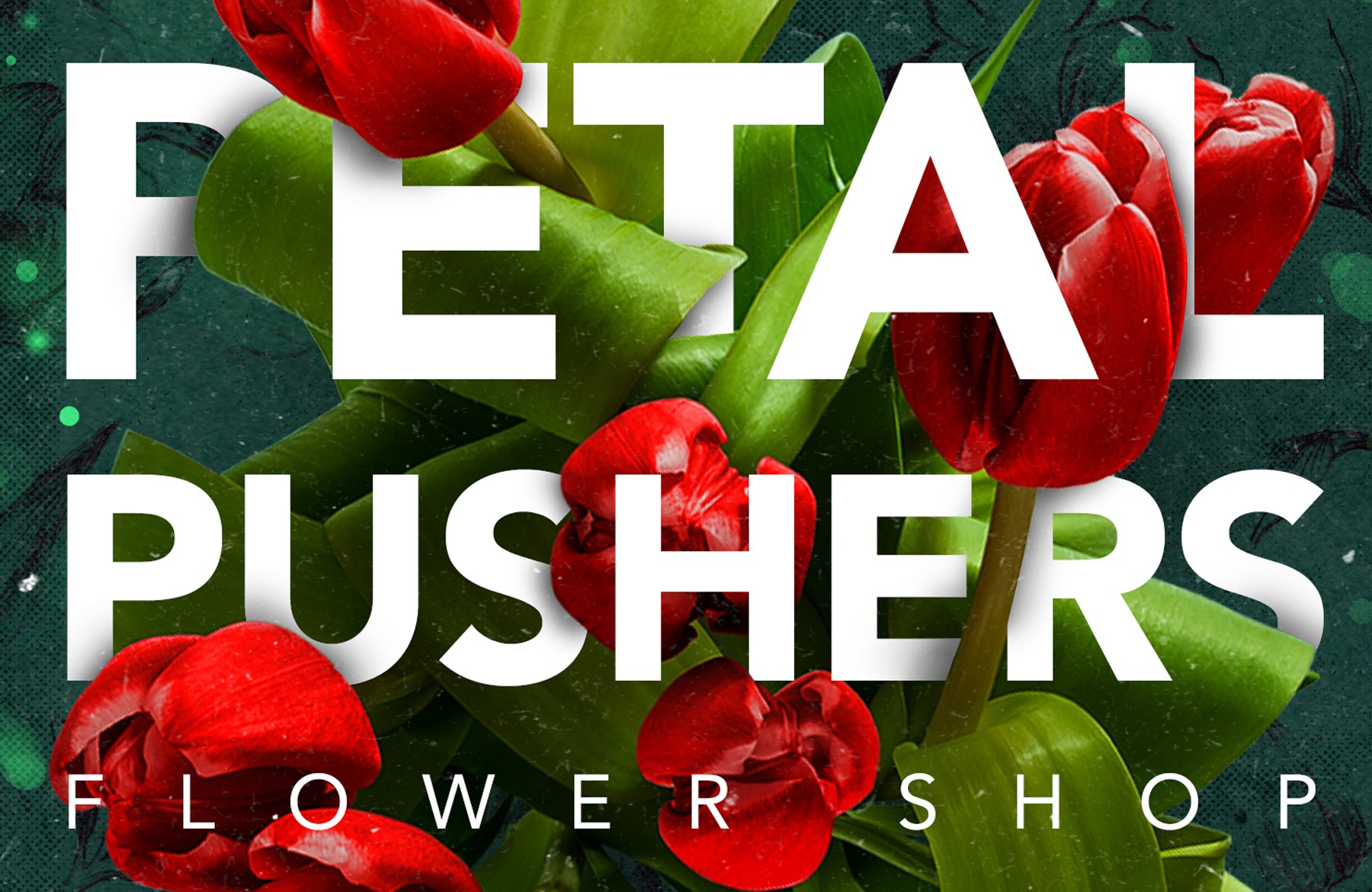
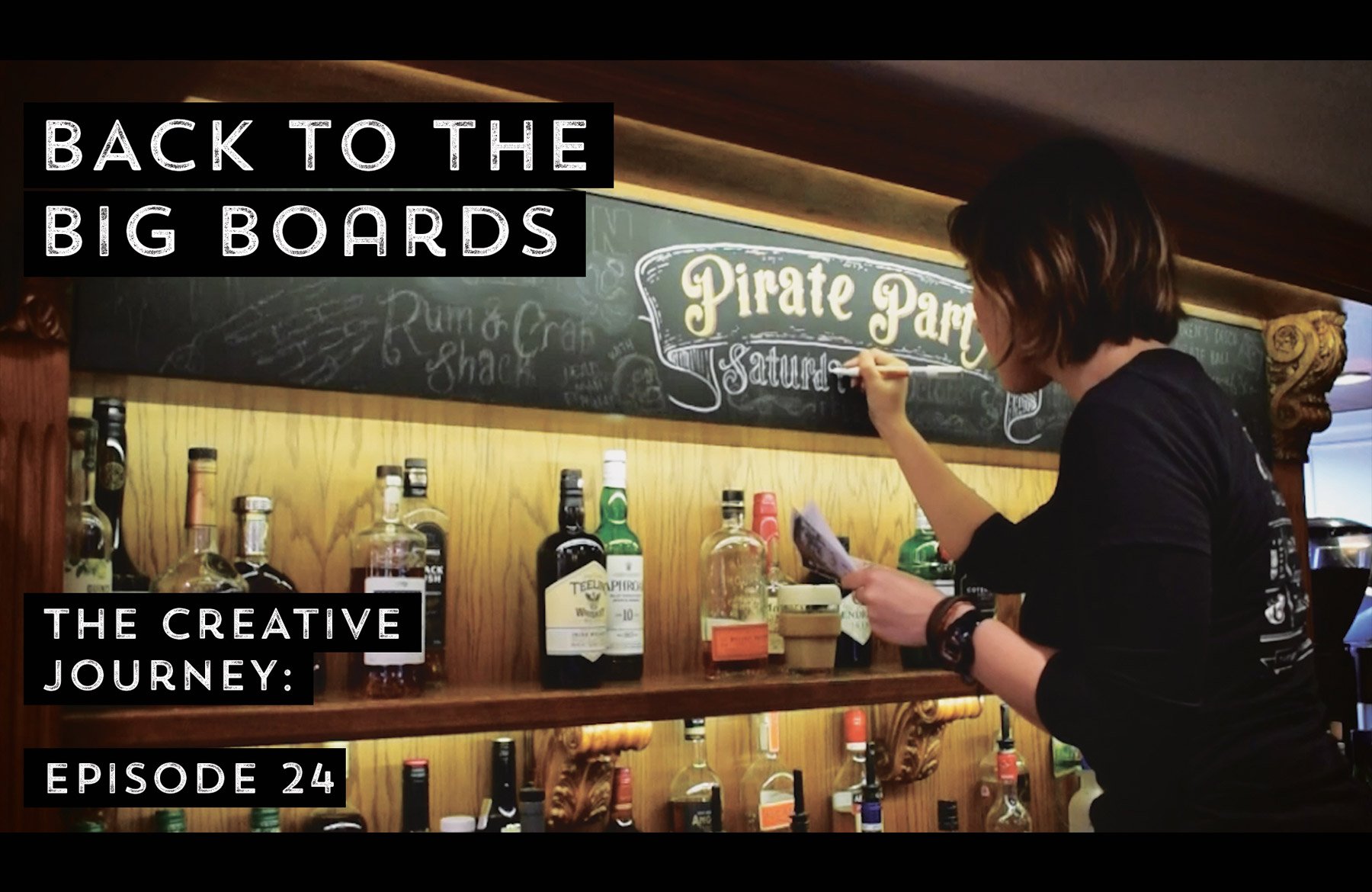
Wow, this is truly invaluable content! If i had just known a handful of these topics when I first took the plunge to become a freelance graphic designer, life would have been so much easier. I highly recommend anyone looking to go freelance get up to date with these podcasts. Awesome content as always guys. :)
Hey Joe
I am really happy to hear that you’ve found us – better late then never ? and hopefully this is still useful for your now. Thanks so for the great feedback and for recommending us ?
Would love to see a picture of that whiteboard Dustin!
Hey Anne, thanks for letting us know – we would like to see this too. We will have to check with Dustin if he still has this ?